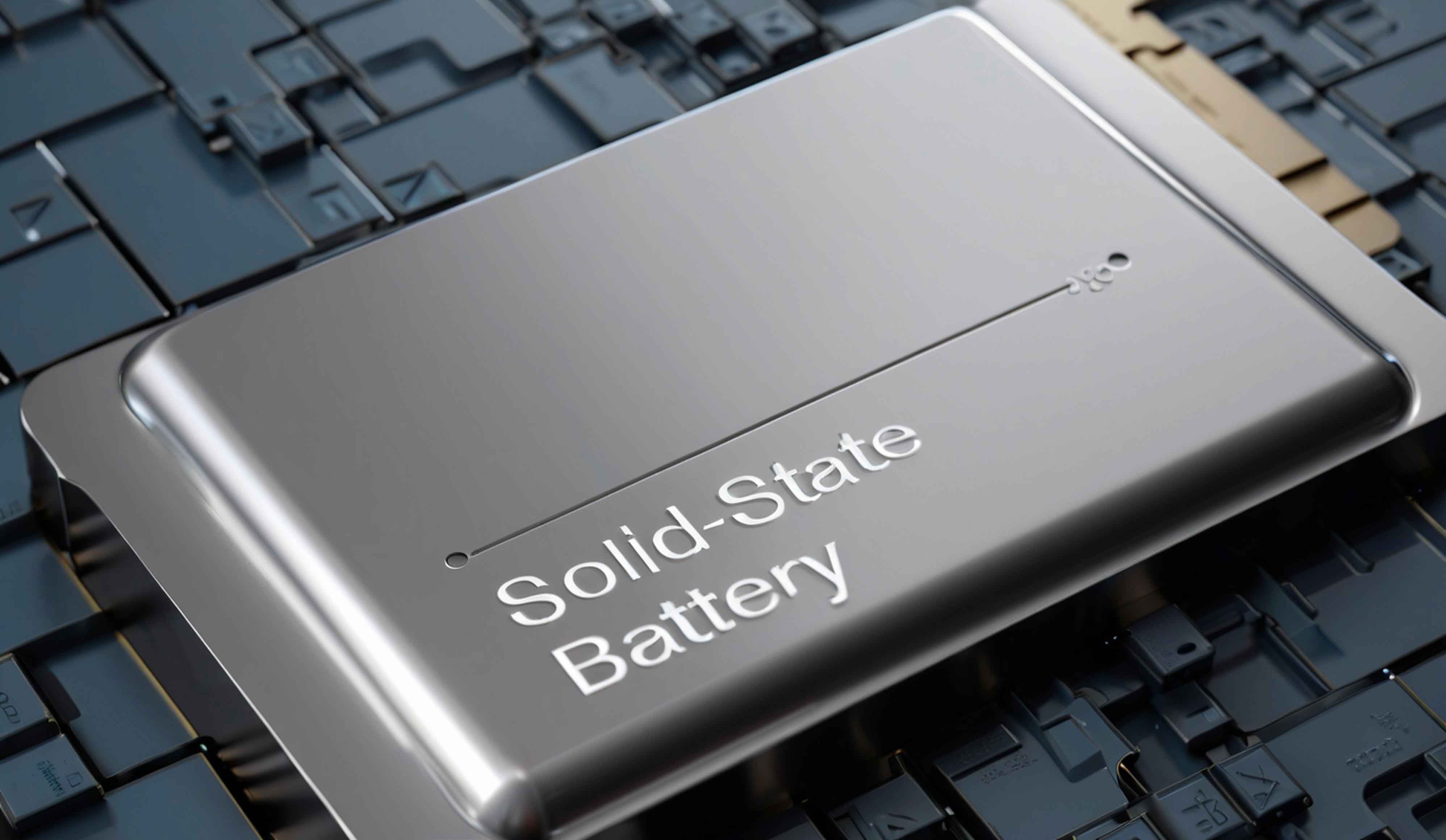As the global energy transition intensifies, the race to commercialize solid-state batteries has entered a pivotal phase. In my analysis of the evolving landscape, I observe that solid-state battery technology is rapidly progressing from laboratory prototypes to pre-mass production stages, driven by breakthroughs in material science, cost reductions, and collaborative efforts across academia and industry. This article synthesizes critical advancements, challenges, and future trajectories, supported by quantitative models, tables, and formulas to underscore the transformative potential of solid-state batteries.

Current State of Solid-State Battery Technology
The core challenge for solid-state batteries lies in optimizing ionic conductivity in solid electrolytes while ensuring compatibility with high-energy electrodes like lithium metal. Current sulfide-based electrolytes, despite their promise, face hurdles in scalability and cost. However, recent data reveals a dramatic cost decline: sulfide electrolyte prices plummeted from ¥70,000–80,000/kg in 2023 to ¥10,000–20,000/kg in 2024, with projections suggesting a further drop to ¥600–700/kg by 2030 (Table 1).C(t)=C0×e−ktC(t)=C0×e−kt
Where C(t)C(t) is the cost at time tt, C0C0 is the initial cost, and kk is the decay constant.
Table 1: Sulfide Electrolyte Cost Projections
| Year | Cost (¥/kg) |
|---|---|
| 2023 | 70,000–80,000 |
| 2024 | 10,000–20,000 |
| 2025 | 6,000–7,000 |
| 2030 | <1,000 |
This exponential cost reduction aligns with economies of scale and advancements in raw material processing, particularly for sulfides like Li22S. Yili New Energy, a key player, attributes this trend to improved production techniques and expanded sourcing of lithium compounds.
Technological Maturity and Industry Benchmarks
Solid-state battery development remains fragmented, with most prototypes classified as “semi-solid” due to residual liquid electrolytes. As noted by industry leaders like Zeng Yuqun (CEO of CATL), the technology readiness level (TRL) for solid-state batteries currently averages 4/9, far from the TRL 9 required for mass vehicle integration.
Table 2: Technology Readiness Levels (TRL) for Solid-State Batteries
| TRL | Description |
|---|---|
| 1–3 | Basic research |
| 4–6 | Lab validation & prototyping |
| 7–9 | Commercial production |
To bridge this gap, research focuses on three pillars:
- Electrolyte Optimization: Enhancing ionic conductivity (σσ) through nanostructuring and hybrid electrolyte designs.
- Interface Stability: Mitigating dendrite growth at the anode-electrolyte interface using protective coatings.
- Material Compatibility: Pairing high-nickel cathodes (e.g., NMC 811) with silicon-carbon or lithium-metal anodes.
Energy Density Roadmap: 2025–2035
Ouyang Minggao, a leading battery researcher, outlines a phased roadmap for solid-state batteries, targeting energy densities up to 500 Wh/kg by 2030. The progression is modeled as:Energy Density (Wh/kg)=Theoretical Capacity (mAh/g)×Voltage (V)1000Energy Density (Wh/kg)=1000Theoretical Capacity (mAh/g)×Voltage (V)
Table 3: Solid-State Battery Development Phases
| Phase | Timeline | Target Energy Density | Key Innovations |
|---|---|---|---|
| 1 | 2025–2027 | 200–300 Wh/kg | Graphite/low-Si anodes, sulfide electrolytes |
| 2 | 2027–2030 | 400 Wh/kg | High-Si anodes, hybrid electrolytes |
| 3 | 2030–2035 | 500+ Wh/kg | Lithium-metal anodes, high-voltage cathodes |
Phase 1 emphasizes durability and rate capability, while Phase 3 integrates composite electrolytes (e.g., sulfide-polymer blends) to stabilize lithium-metal interfaces.
Market Dynamics and Coexistence with Liquid Batteries
Despite rapid advancements, solid-state batteries will not immediately displace liquid counterparts. Miao Wei, former MIIT Minister, emphasizes that semi-solid batteries—a transitional category—will dominate near-term deployments. Cost parity remains critical: analysts project that at scale, solid-state battery packs could match liquid lithium-ion prices (~$100/kWh) by 2030 (Table 4).
Table 4: Cost Comparison (Liquid vs. Solid-State Batteries)
| Metric | Liquid Li-ion (2024) | Solid-State (2030 Projection) |
|---|---|---|
| Cost ($/kWh) | 120 | 100 |
| Energy Density (Wh/kg) | 250–300 | 400–500 |
| Cycle Life | 1,000–1,500 | 2,000+ |
This coexistence phase allows OEMs to hybridize technologies, leveraging solid-state batteries for premium EVs while retaining liquid systems for cost-sensitive markets.
Strategic Imperatives for Global Leadership
China’s solid-state battery ecosystem thrives on three levers:
- Standardization: Accelerating IP frameworks and safety protocols.
- Talent Development: Expanding R&D pipelines through university-industry partnerships.
- Global Collaboration: Influencing international standards to lock in competitive advantages.
Wang Deping, a policy advisor, stresses that cross-sector synergies—spanning materials science, AI-driven manufacturing, and recycling—are vital for sustaining momentum.
Conclusion: The Path to Commercial Viability
Solid-state batteries represent a paradigm shift in energy storage, yet their commercialization hinges on resolving material bottlenecks, scaling production, and fostering policy support. With sulfide electrolyte costs plummeting and energy densities doubling every 5–7 years, the industry is poised to enter a hypergrowth phase post-2030. As stakeholders navigate this transition, one truth remains evident: solid-state batteries are not merely an incremental upgrade but the cornerstone of next-generation electrification.
